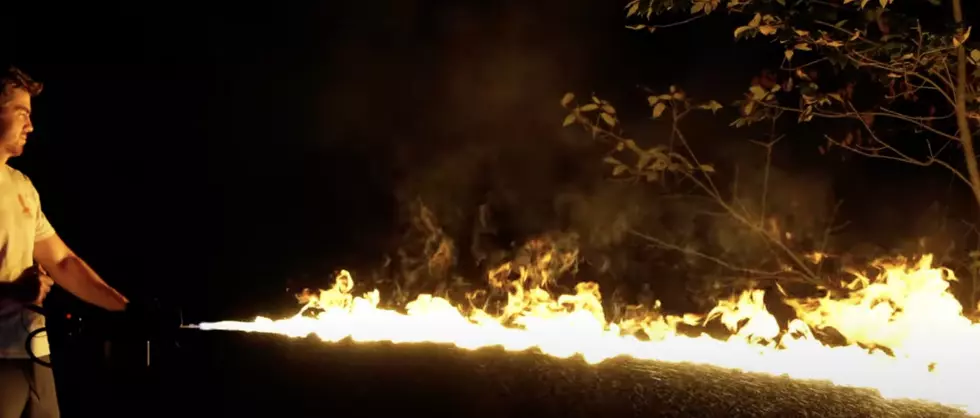
Unusual Phenomena Videoed On Lake in New York State
A squall line moved through parts of New York state late Wednesday afternoon, bringing pretty much every bit of weather imaginable along for the ride. Areas in eastern New York reported rain, sleet, snow, and even some claps of thunder, as the system pushed to the east.
Behind the front, strong gusty winds and plunging temperatures made it feel like it was the middle of winter again, rather than the beginning of spring. Temperatures Thursday are expected to remain well below normal across the region, according to Hudson Valley Weather.
See Also: National Weather Service Says Extremely Rare February Tornado Hit New York State
But before the changing weather approached, a rather strange phenomenon was captured on video on a lake in New York.
At first glance, many would say it looked like a tornado. But it was not.
Waterspout in New York State?
WNYT says that a viewer from Averill Park in Rensselaer County sent a video of what appears to be a waterspout on Crystal Lake. However, meteorologists at WNYT say it's something technically referred to as a fair-weather waterspout.

While they sound the same, experts say there is actually a difference between a regular waterspout, and what allegedly occurred on the lake Wednesday afternoon.
Regular waterspouts (or, tornadic waterspouts) are basically tornadoes that form over water or move from land to water, according to the National Weather Service. they can be pretty common over western New York in late summer, as storms move in off Lake Ontario and Lake Erie.
However, NOAA says that while tornadic waterspouts develop downward in a thunderstorm, a fair weather waterspout develops on the surface of the water and works its way upward.
The NWS says that fair-weather waterspouts are usually small and cause no danger. They often form along "dark flat bases of a line of developing cumulus clouds", and are not associated with severe thunderstorms, unlike regular waterspouts, says NOAA.
NOAA says that usually fair-weather waterspouts "dissipate rapidly" when they make landfall and don't often move far from the shore inland.
See Also: Where in New York State Are You Most Likely To Be Hit By a Tornado?
A tornado's rapidly approaching - what should you do?
Gallery Credit: Sophia Laico
More From WPDH-WPDA









